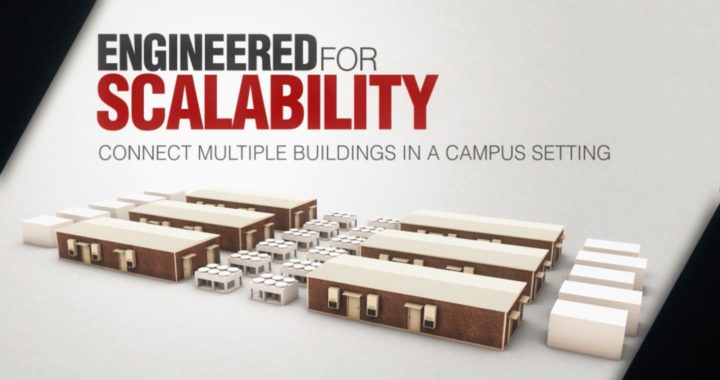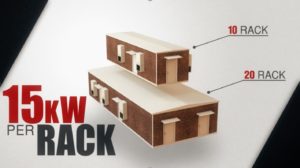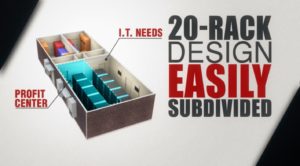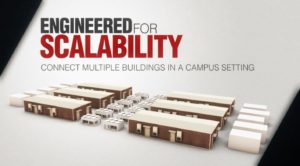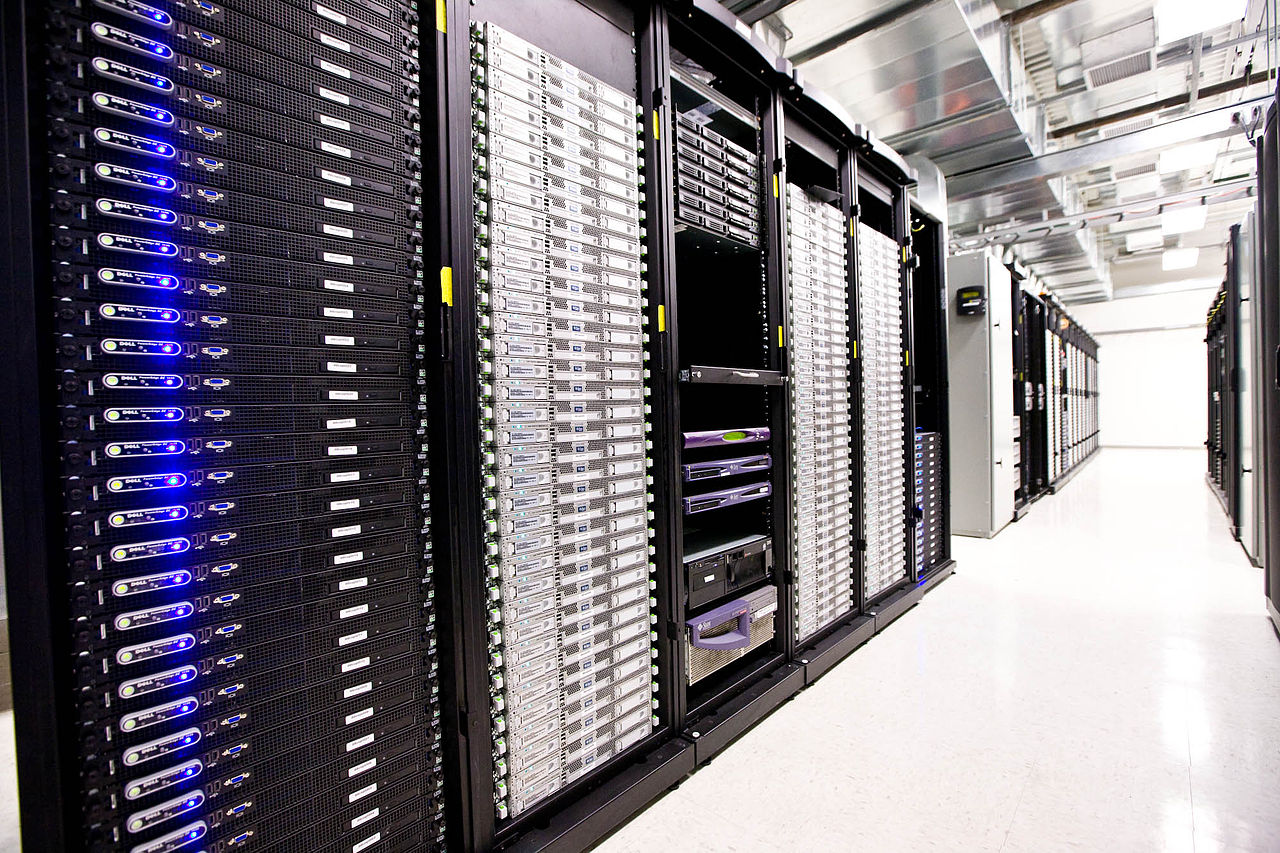Edge Computing Modular Data Center
When locating a modular data center in a remote area, at the edge, or locations that require enhanced enclosure performance, there are few options (if any) that can take a bullet like the Binary Bunker. What makes the Binary Bunker's MDC enclosure so special? Reinforced, light-weight concrete and here's what you need to know.
The Binary Bunker modular data center's enclosure meets South Florida hurricane standards, snow loading in the Rockies, temperature extremes from the South Pole to the Arabian deserts and when installed on piers provide flood protection. In more than 82 countries, on all 7 continents and in every state we have met the challenge, and here’s why:
The Lightweight Concrete Advantage
Seems like an oxymoron to say "lightweight" concrete but there is a way to get the best attributes of concrete without sacrificing anything except weight. Call us, we'll explain how!
With lightweight concrete modules, you can take full advantage of concrete’s strength, long life and resistance to the long term effects of the weather. The shelters are pre-assembled, reinforced solid concrete panels welded together to form a single, high strength, module.
The walls, roof, and floor panels are triple sealed for superior weather resistance and welded together creating a single, high strength module.
The completed module is inherently bullet, vandal, fire resistant and thermally efficient.
The standard 4-inch wall construction provides a 2-hour fire endurance rating which is recognized by the SBC, UBC, and BOCA codes.


